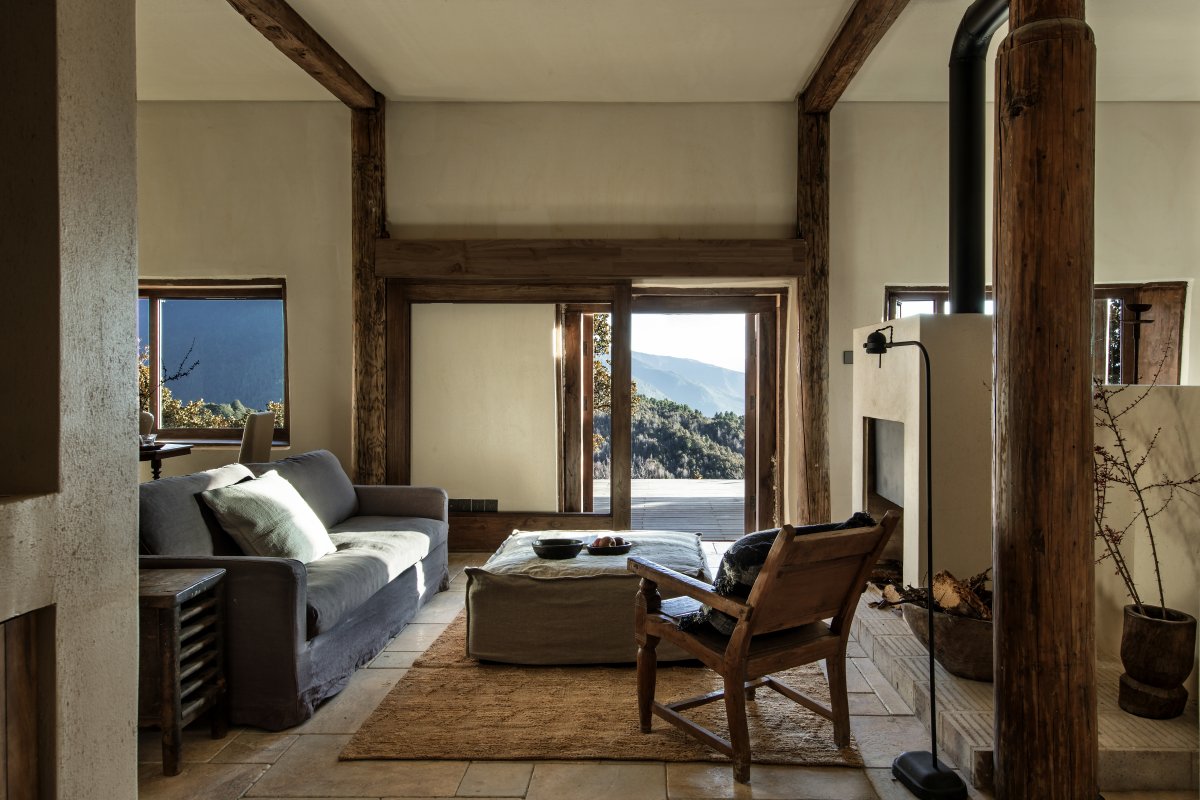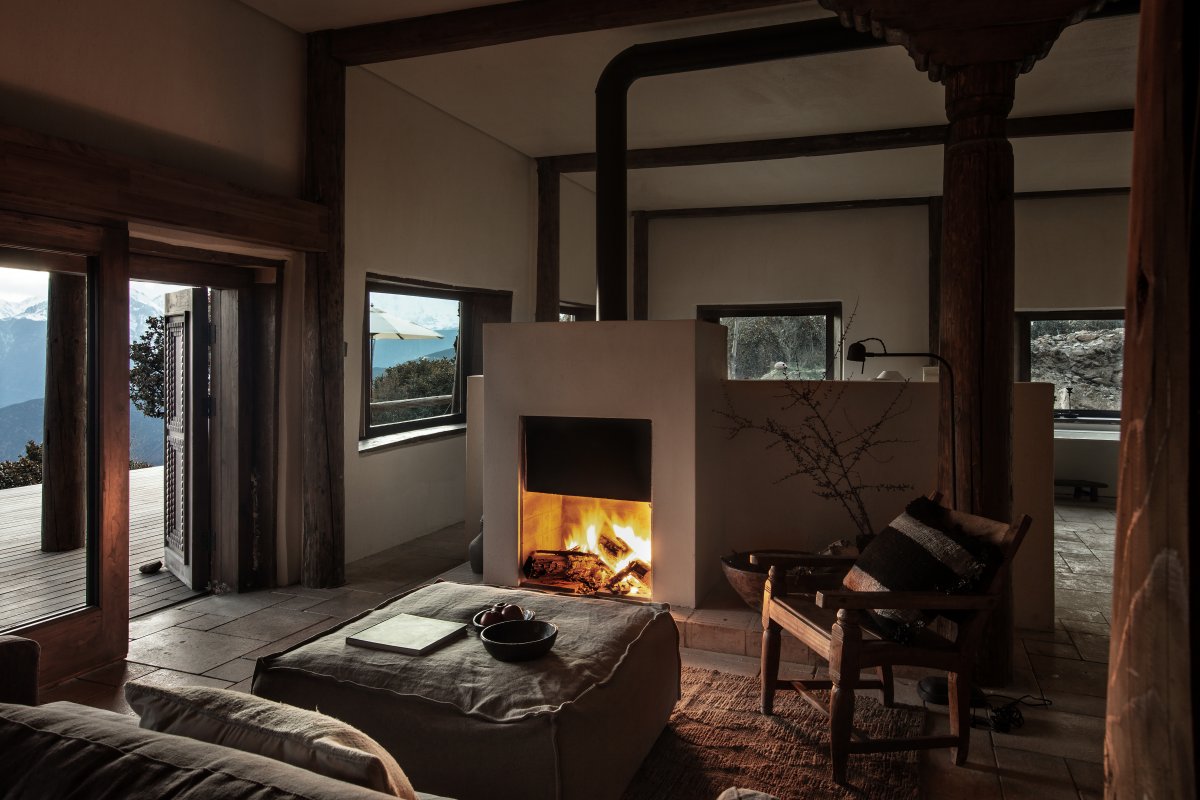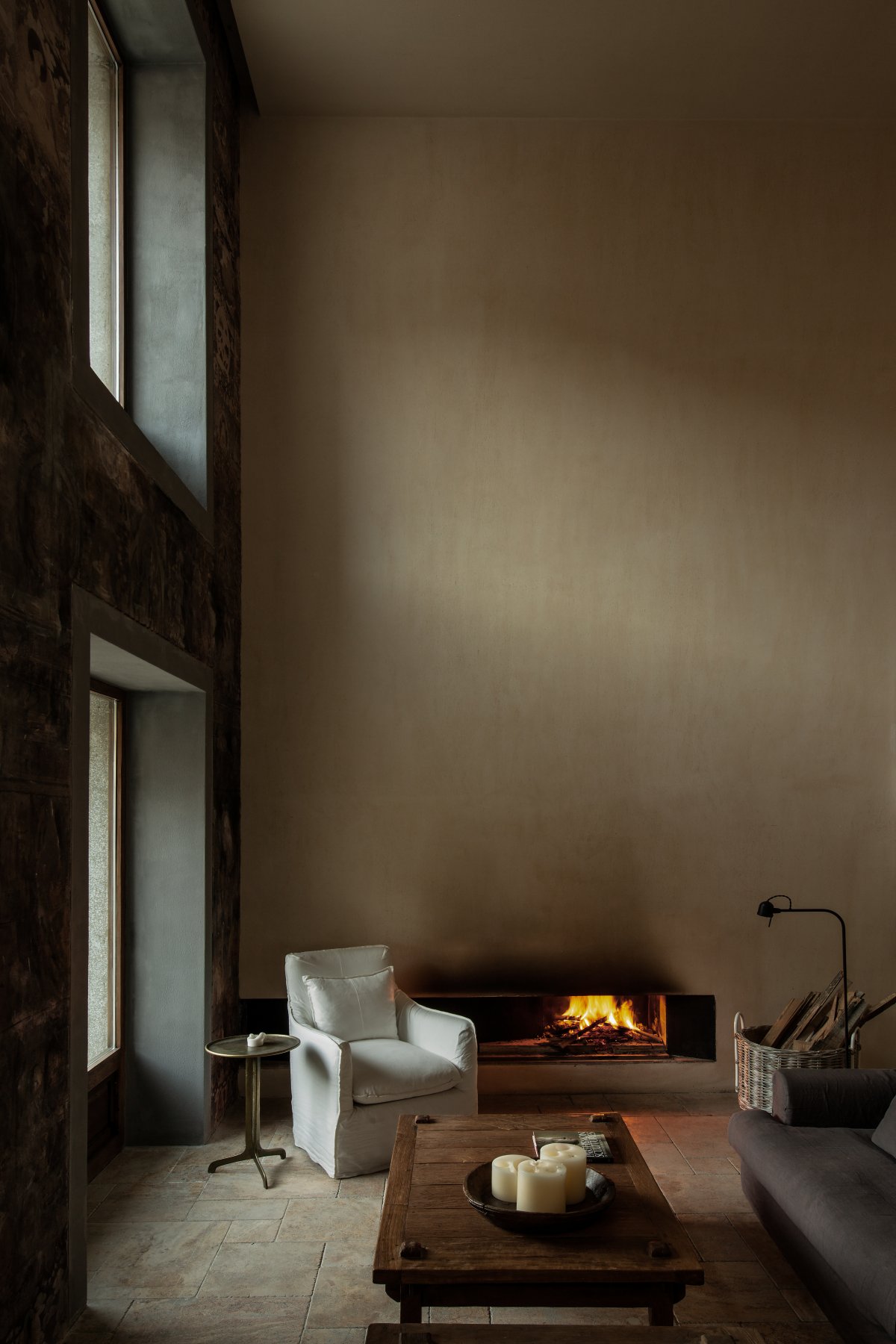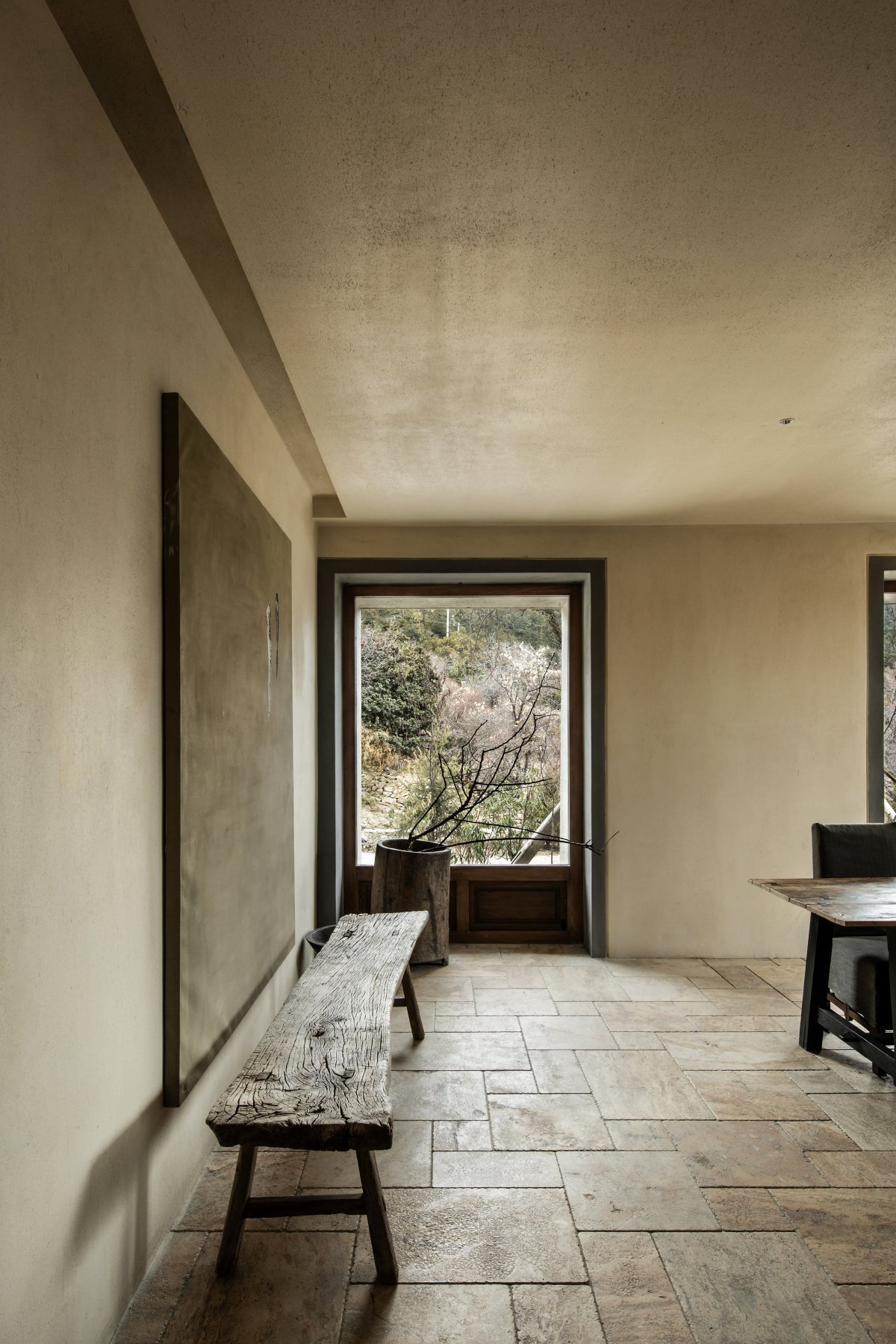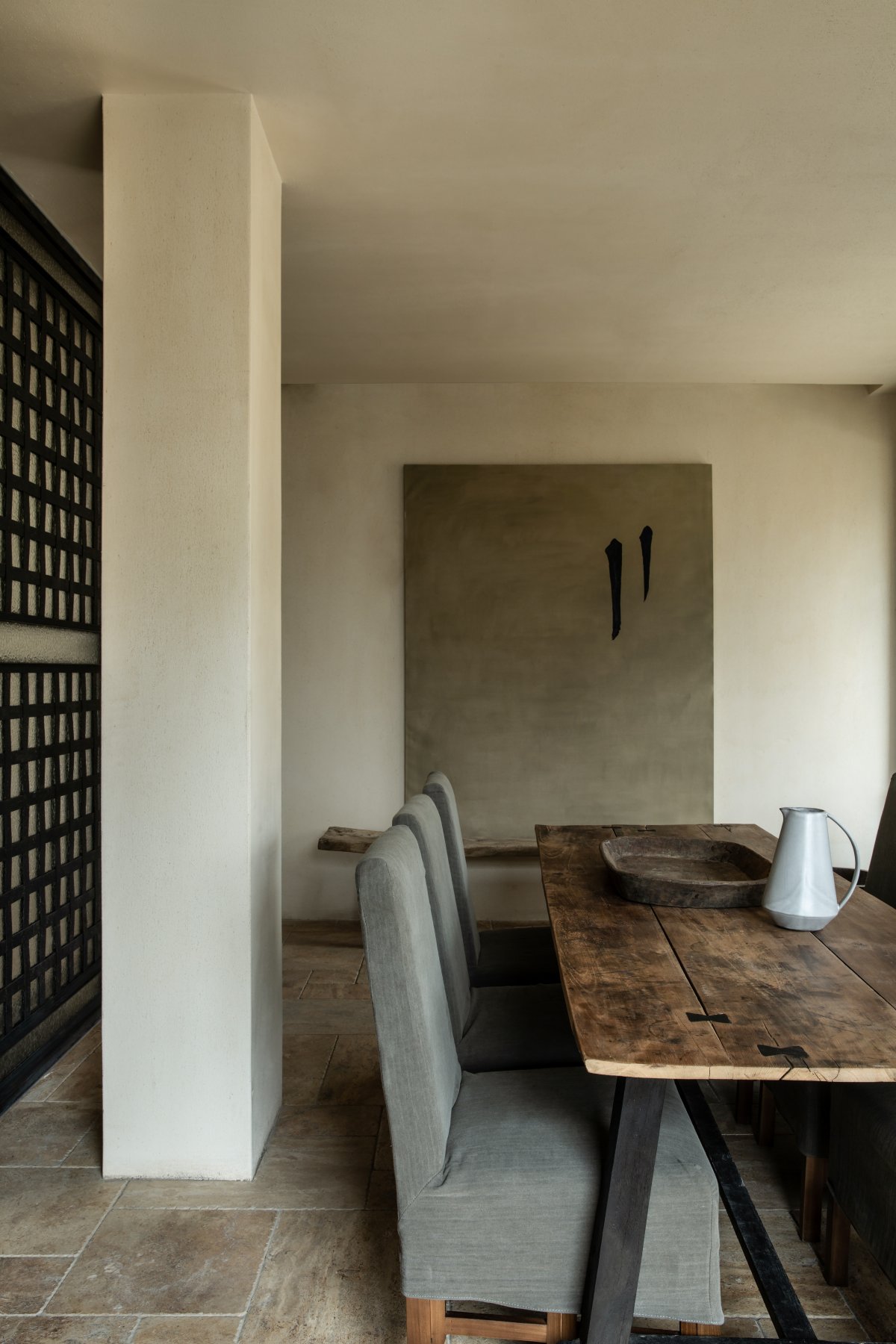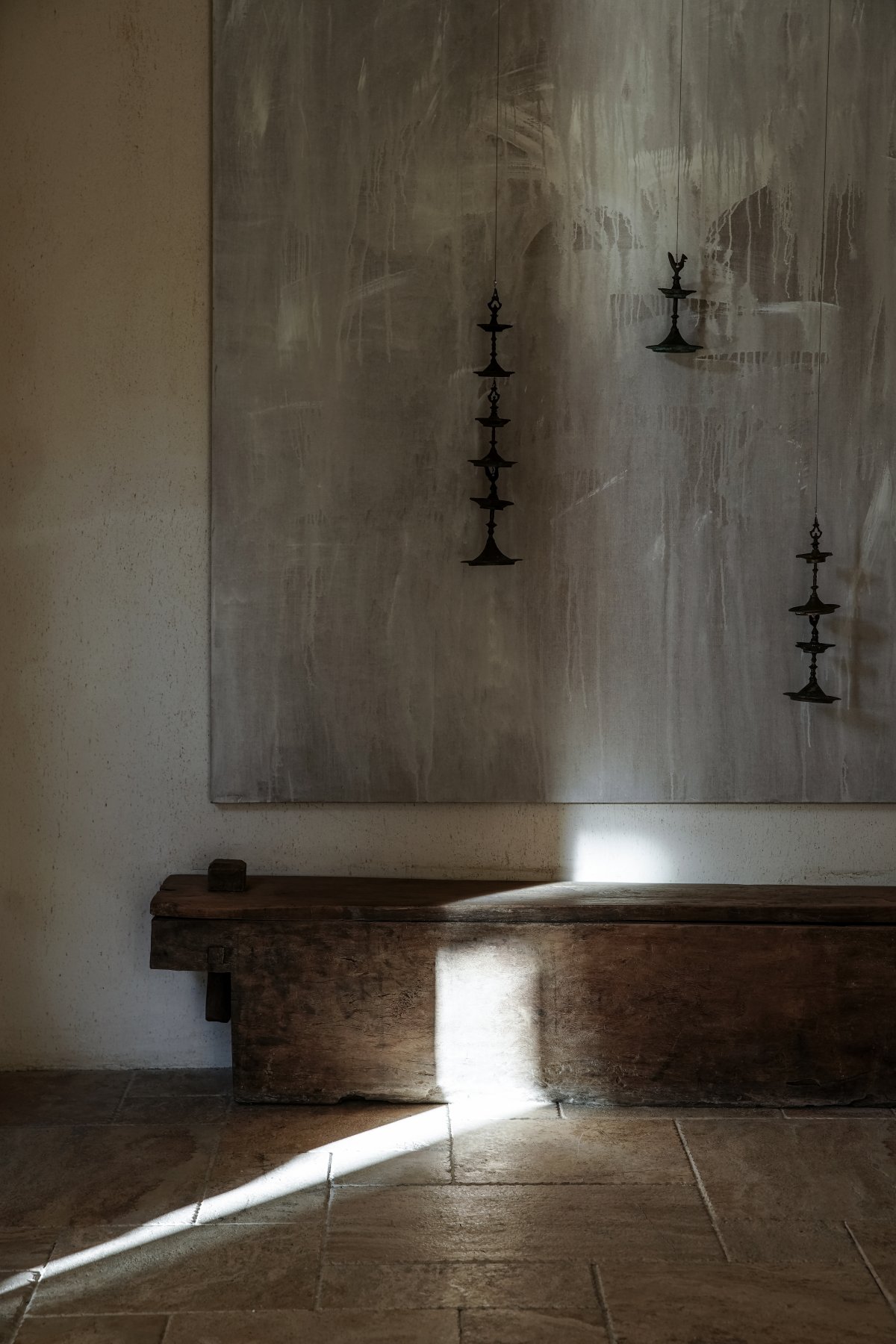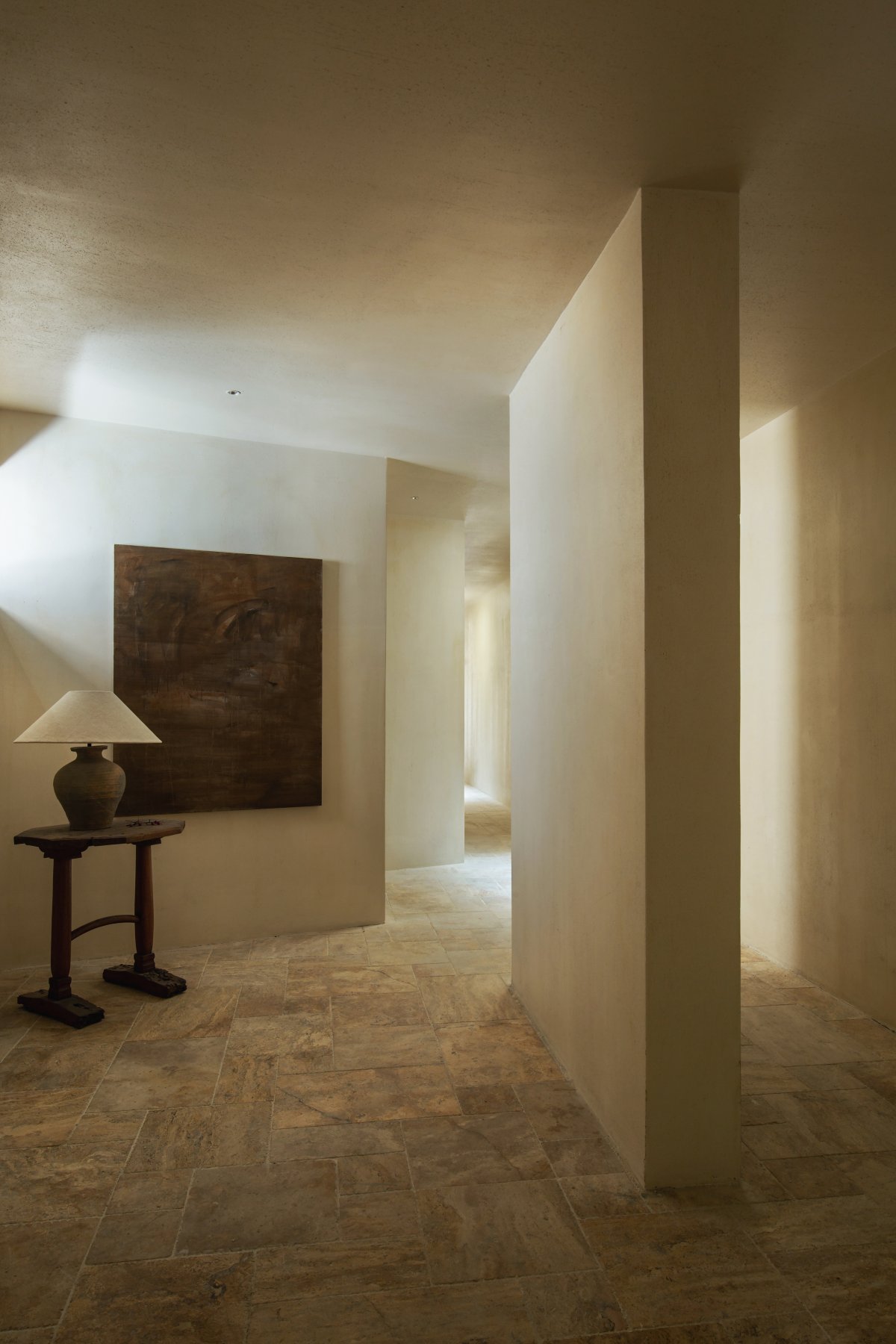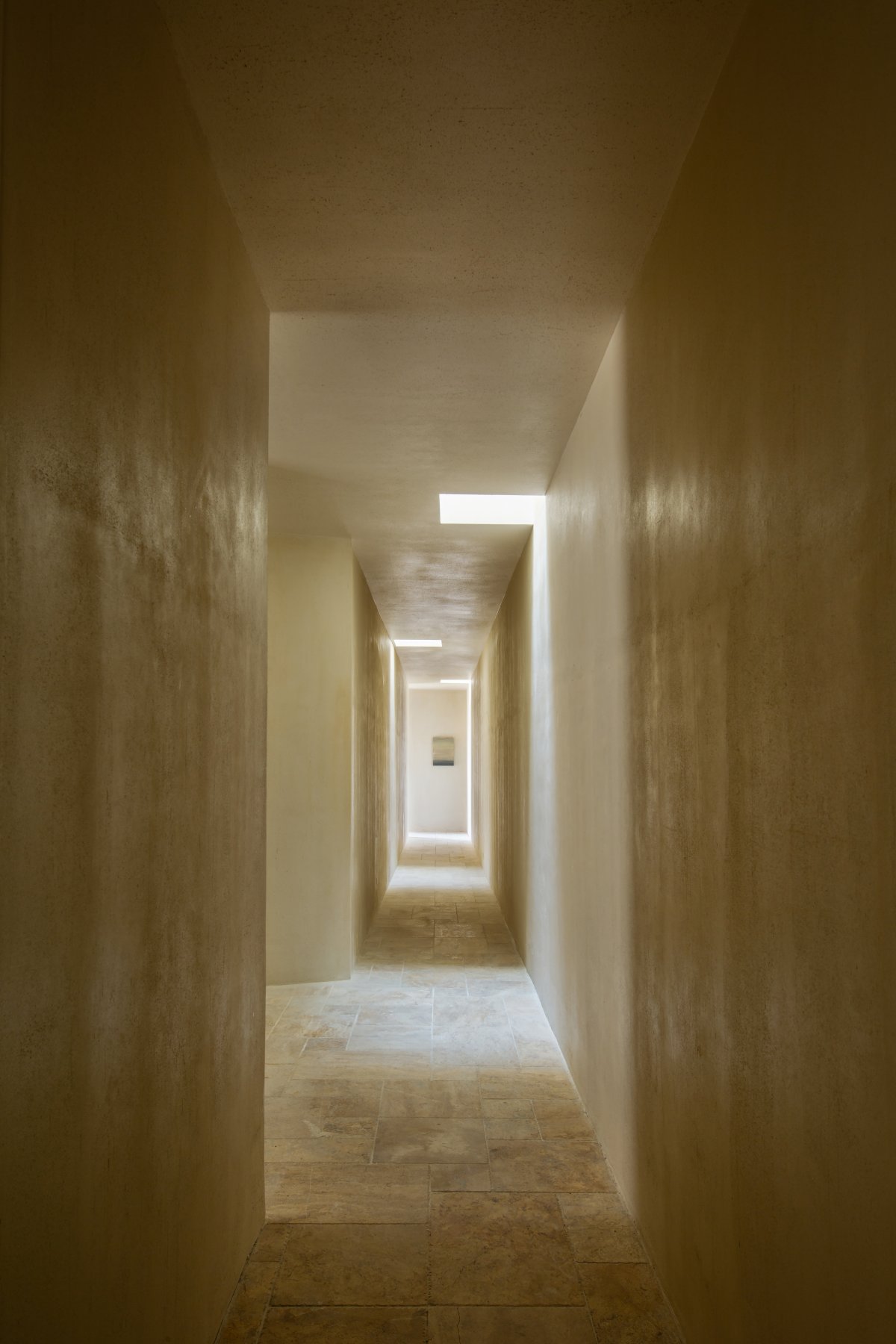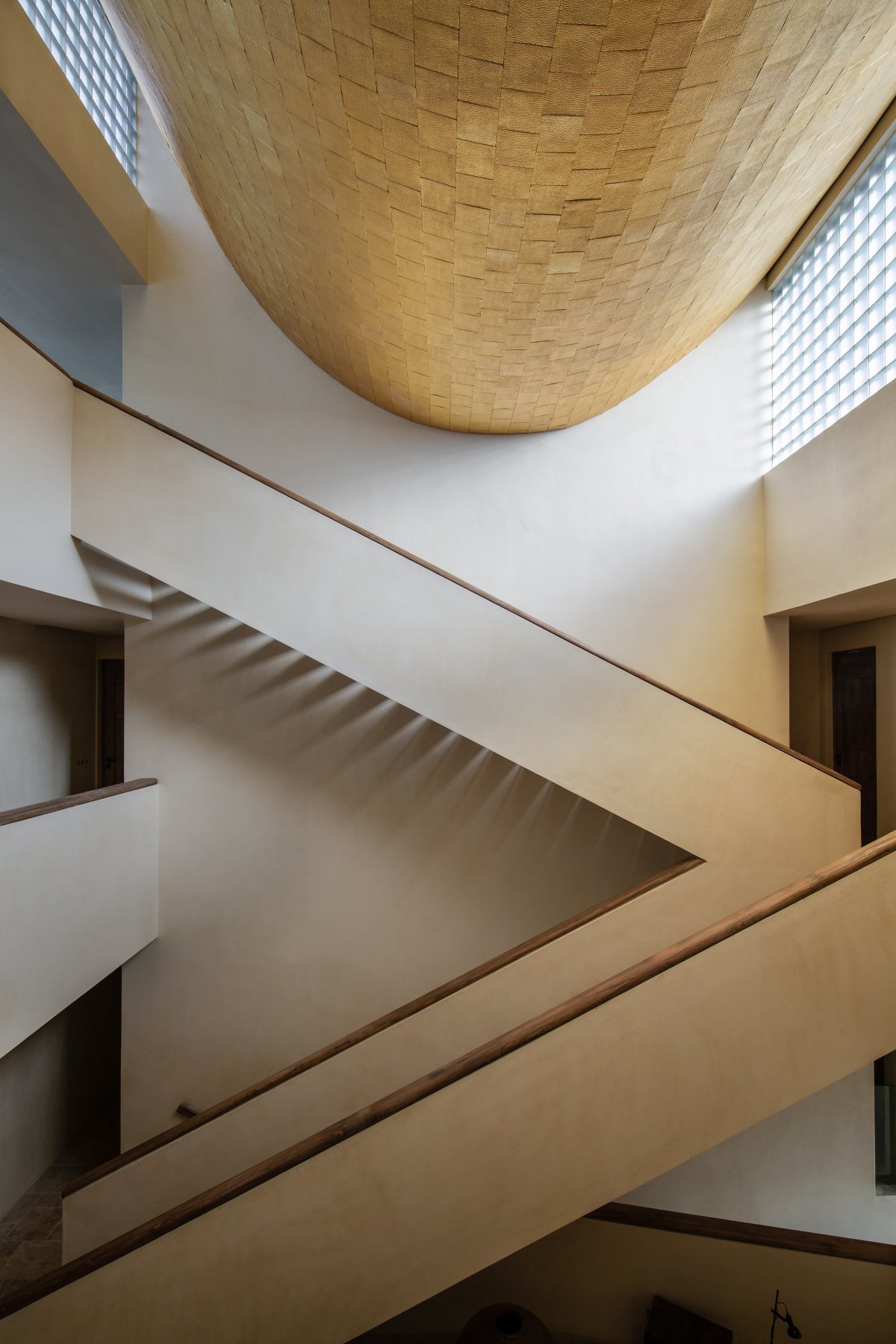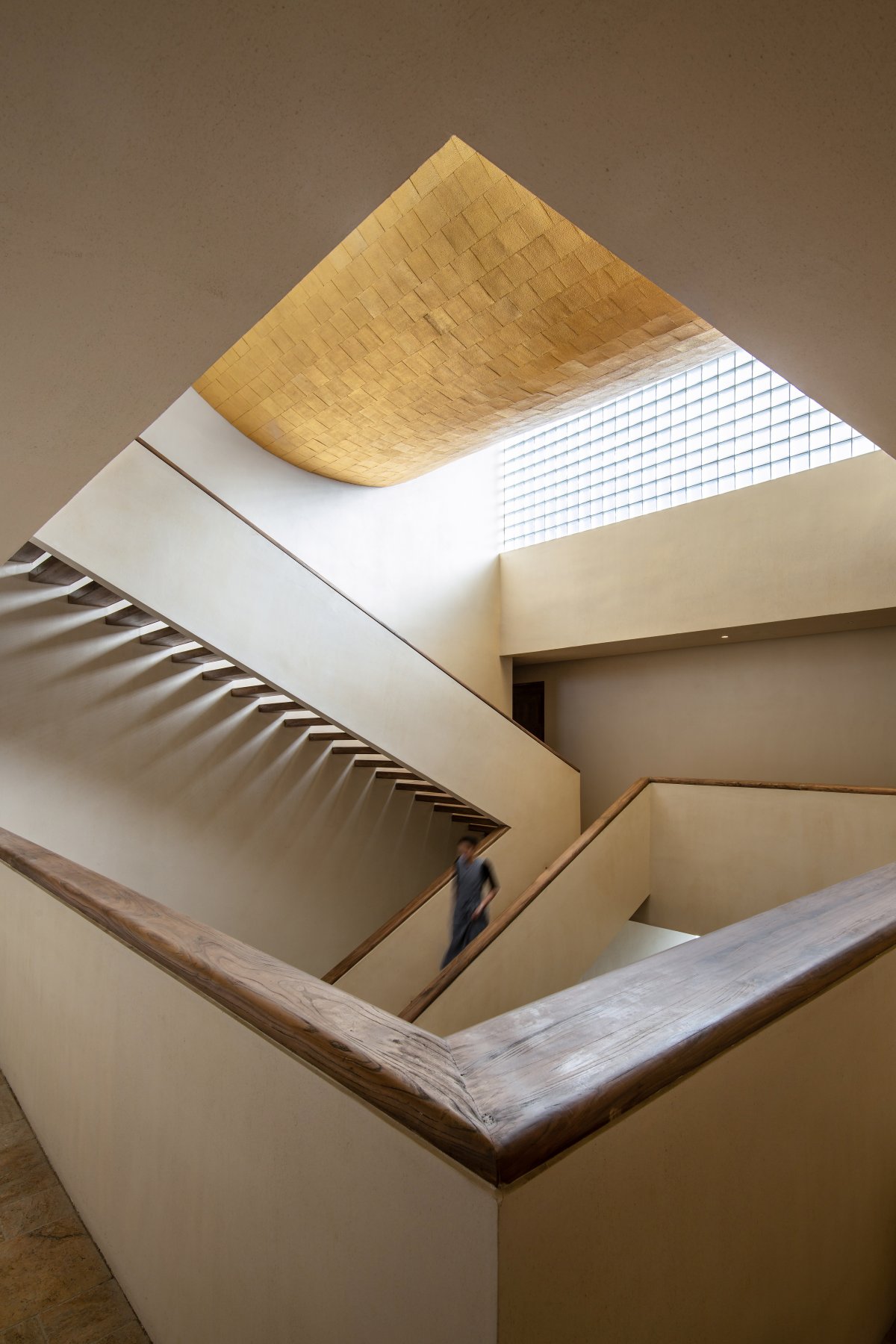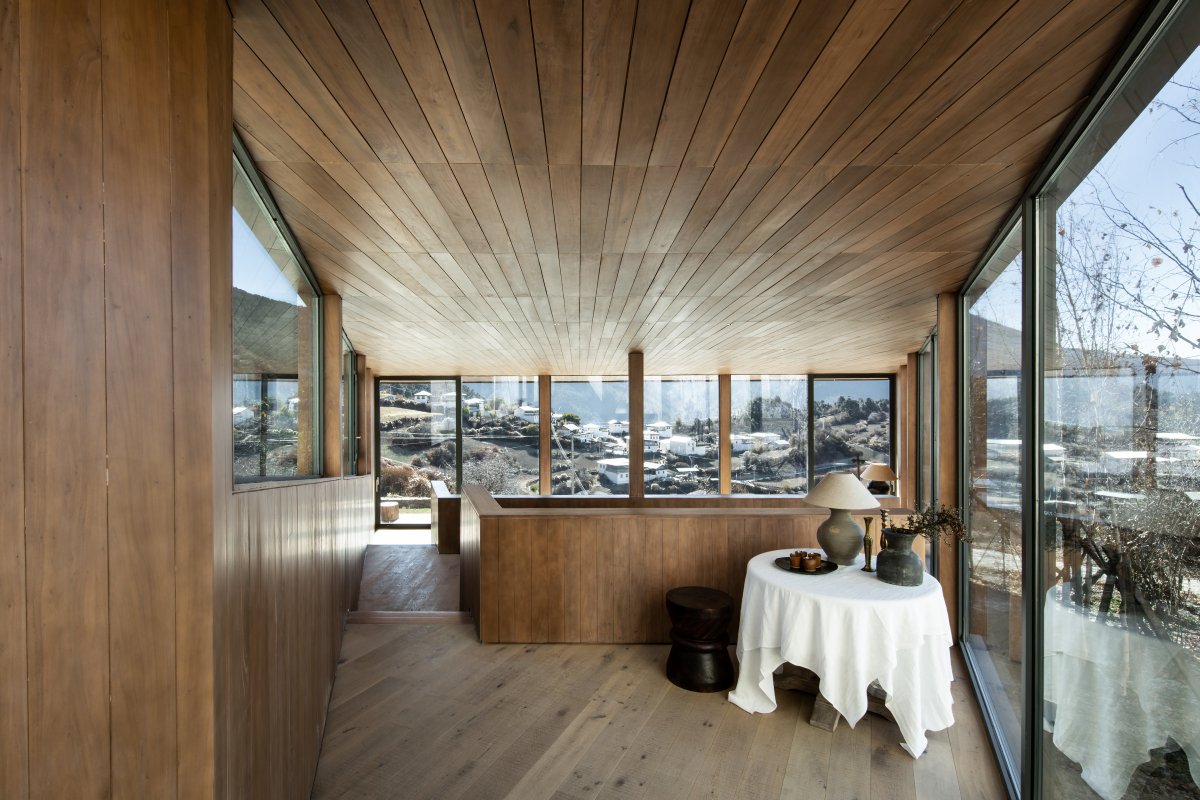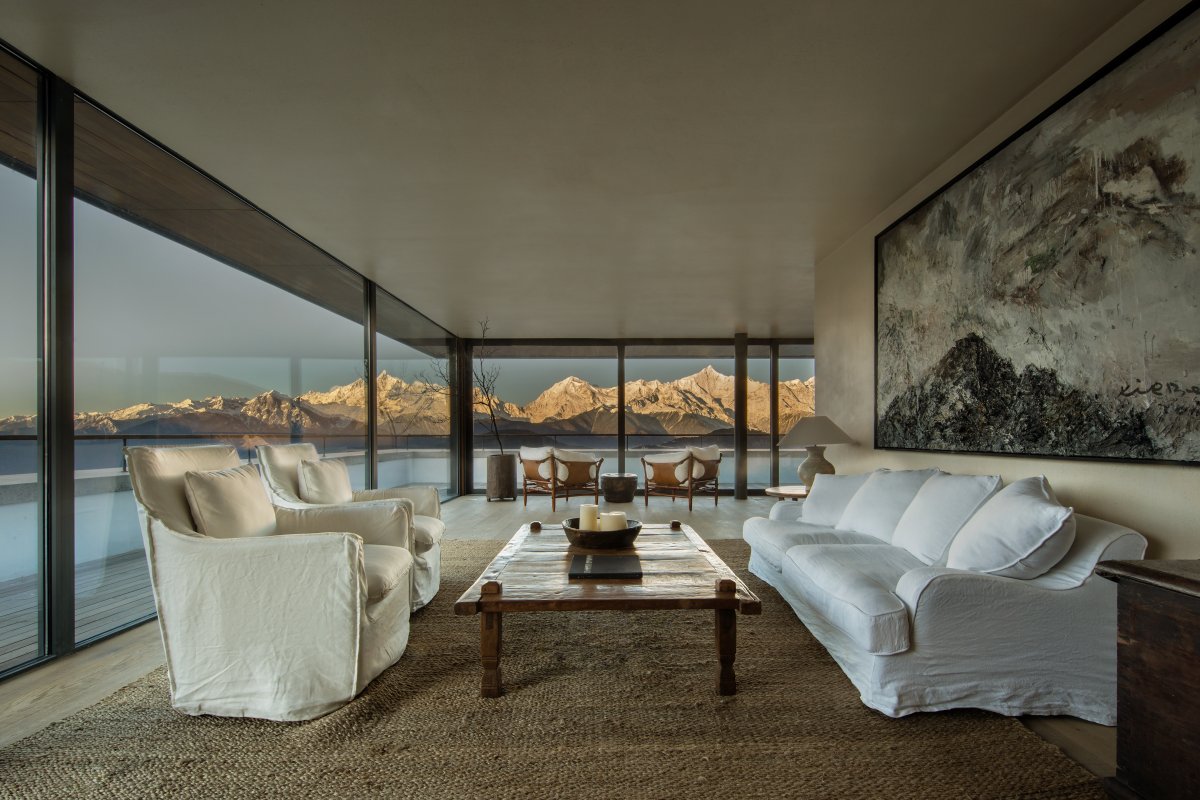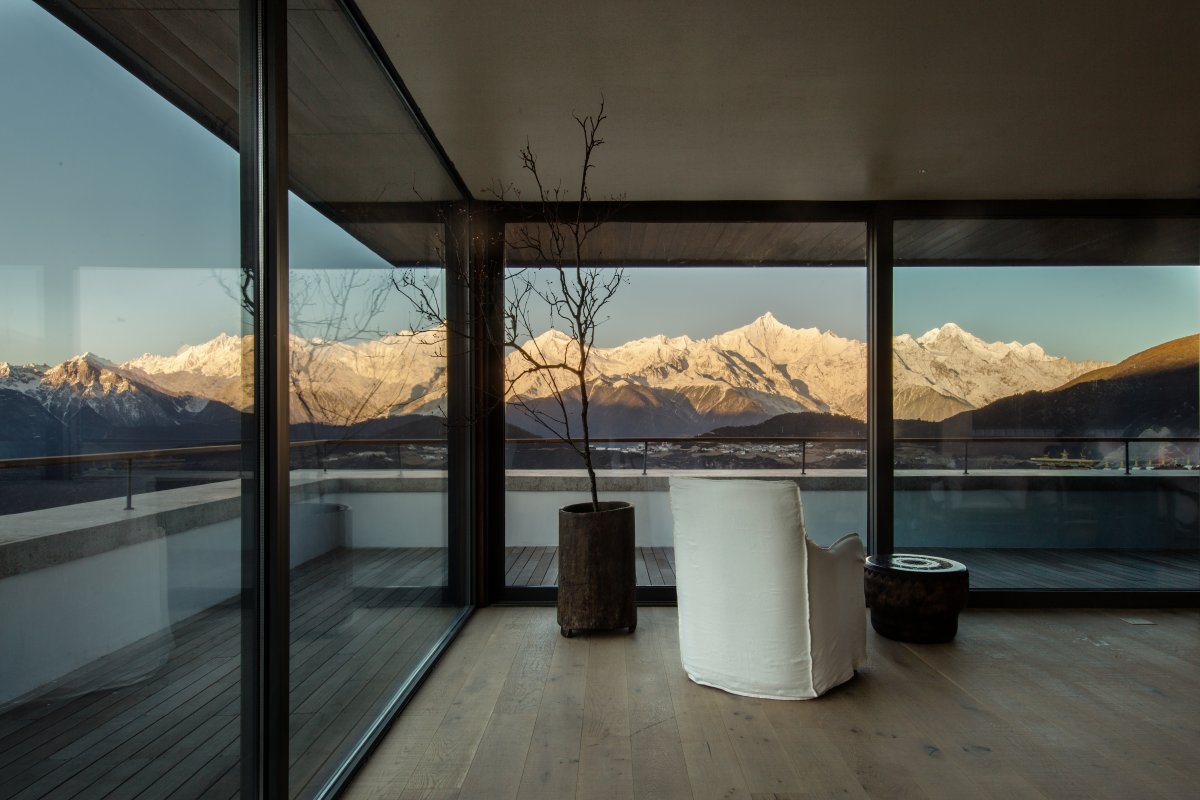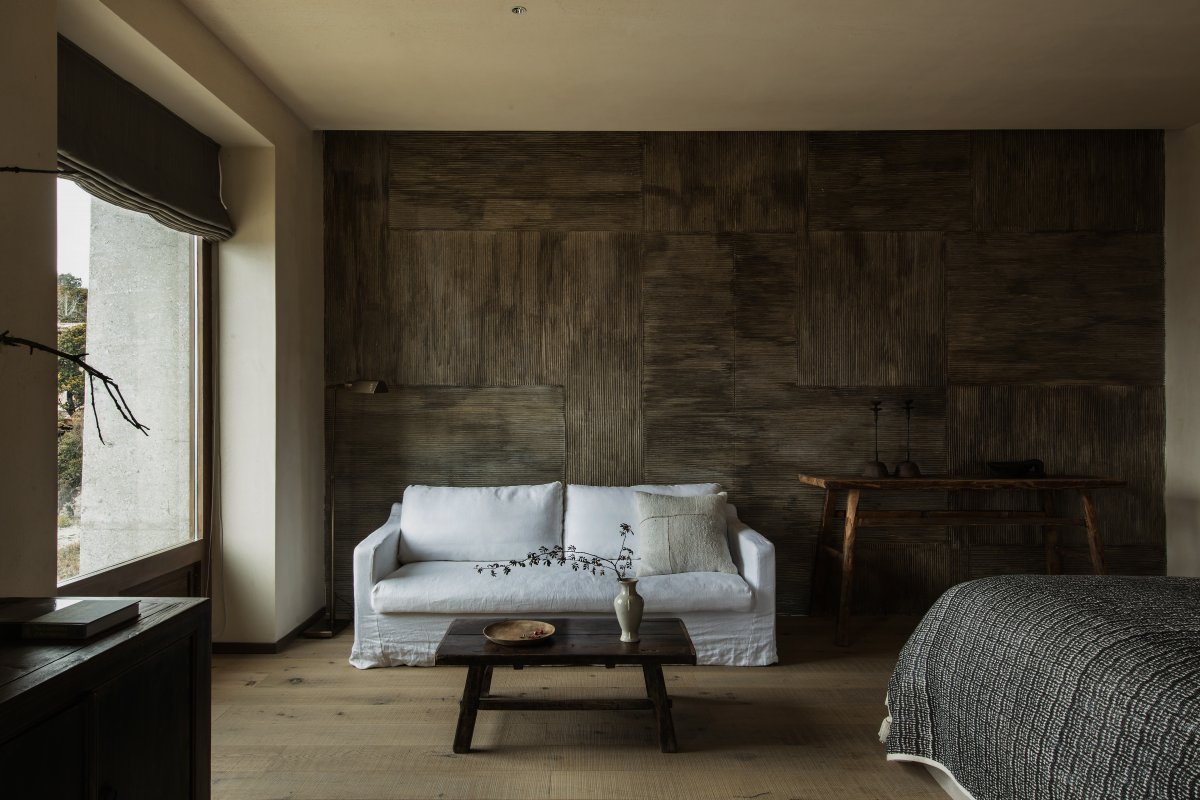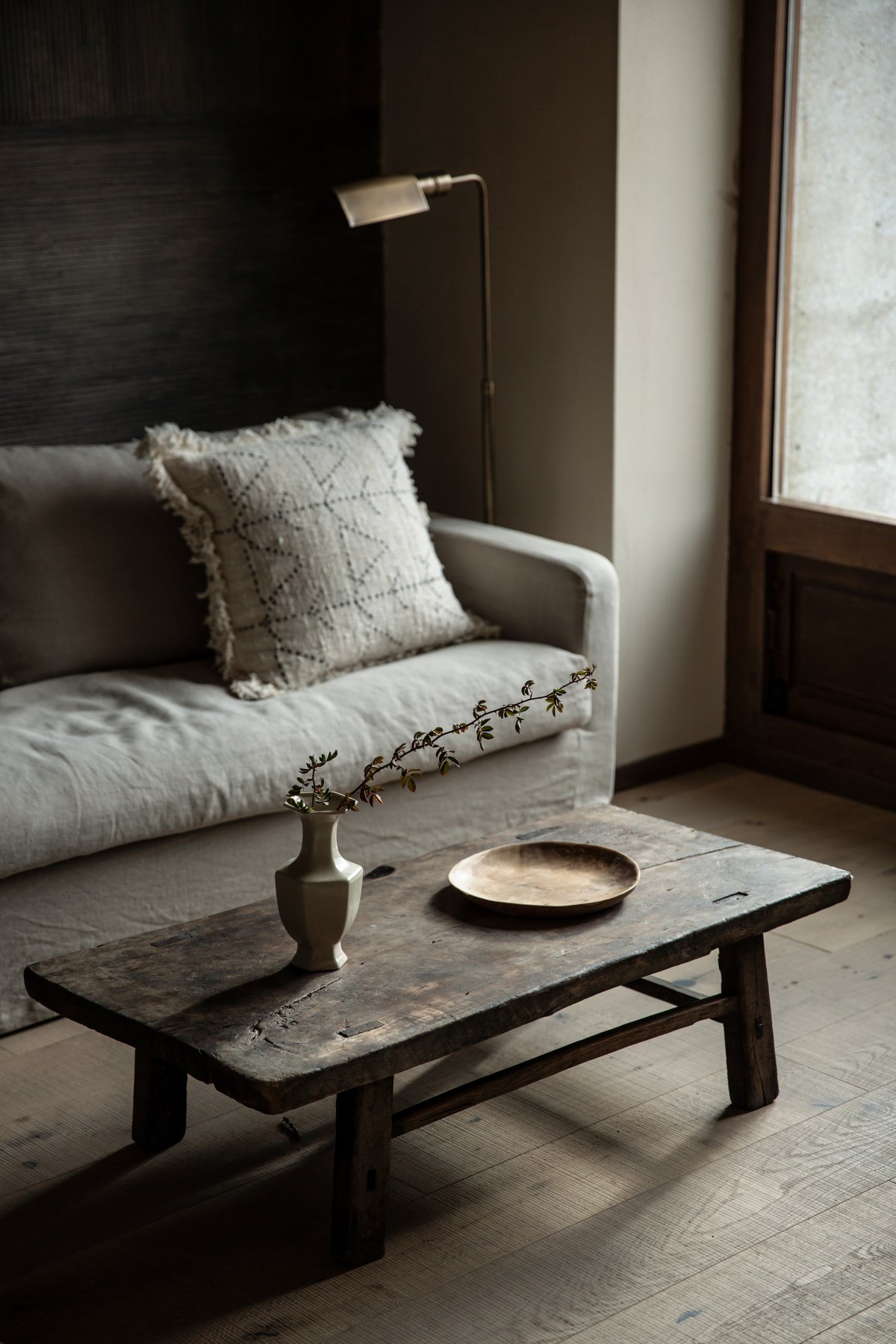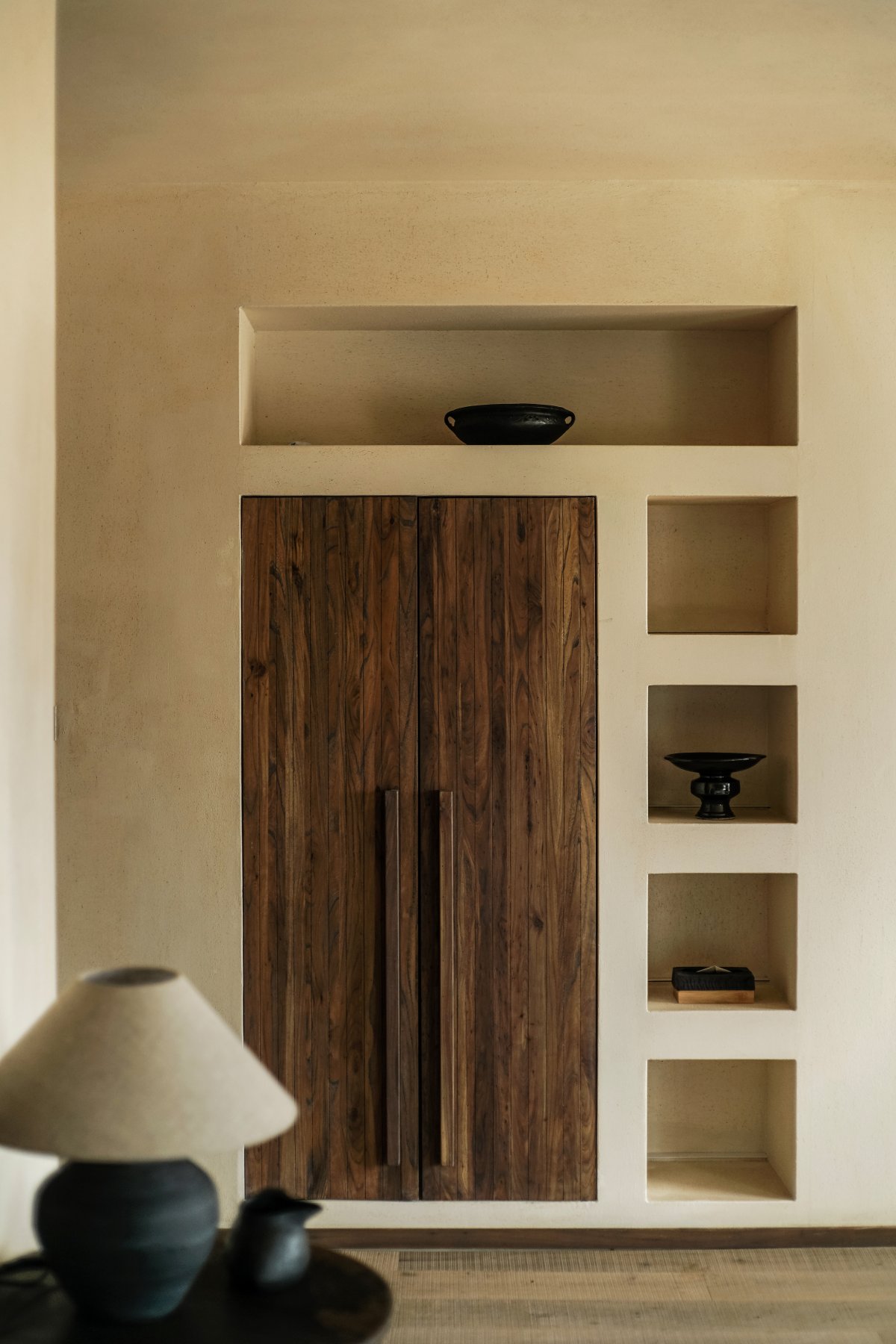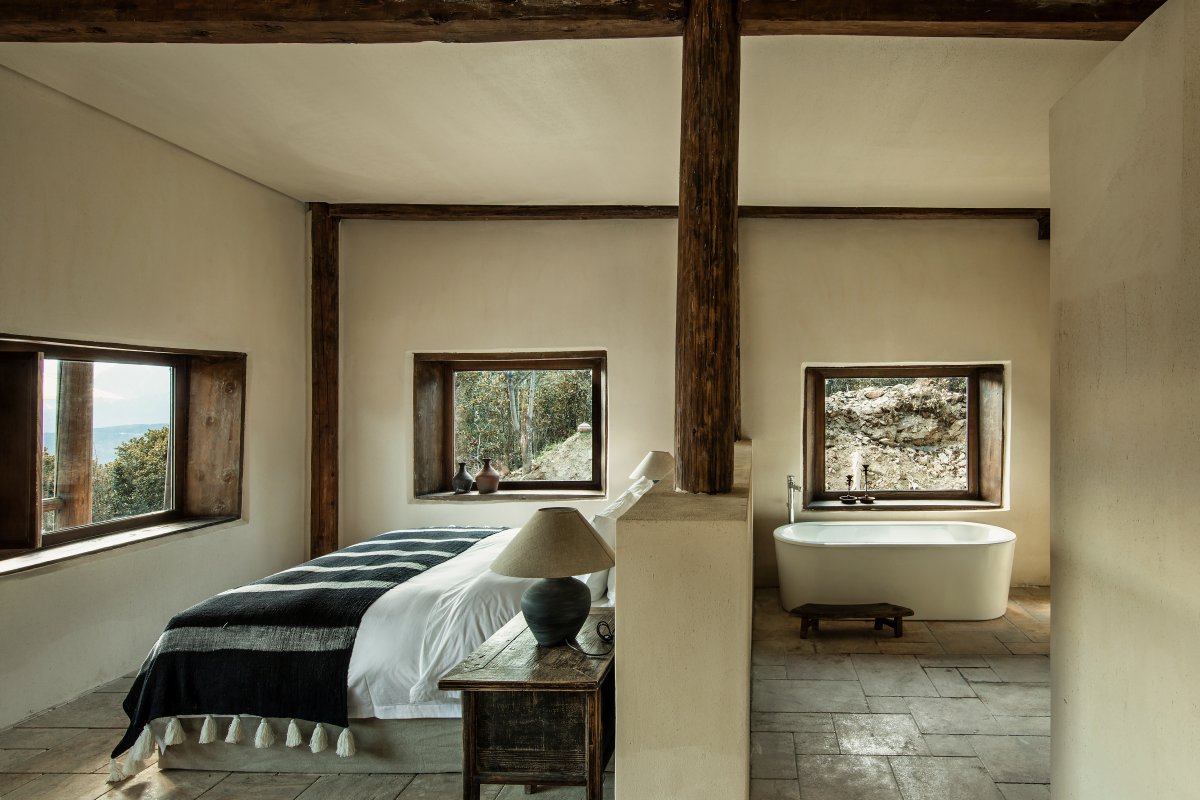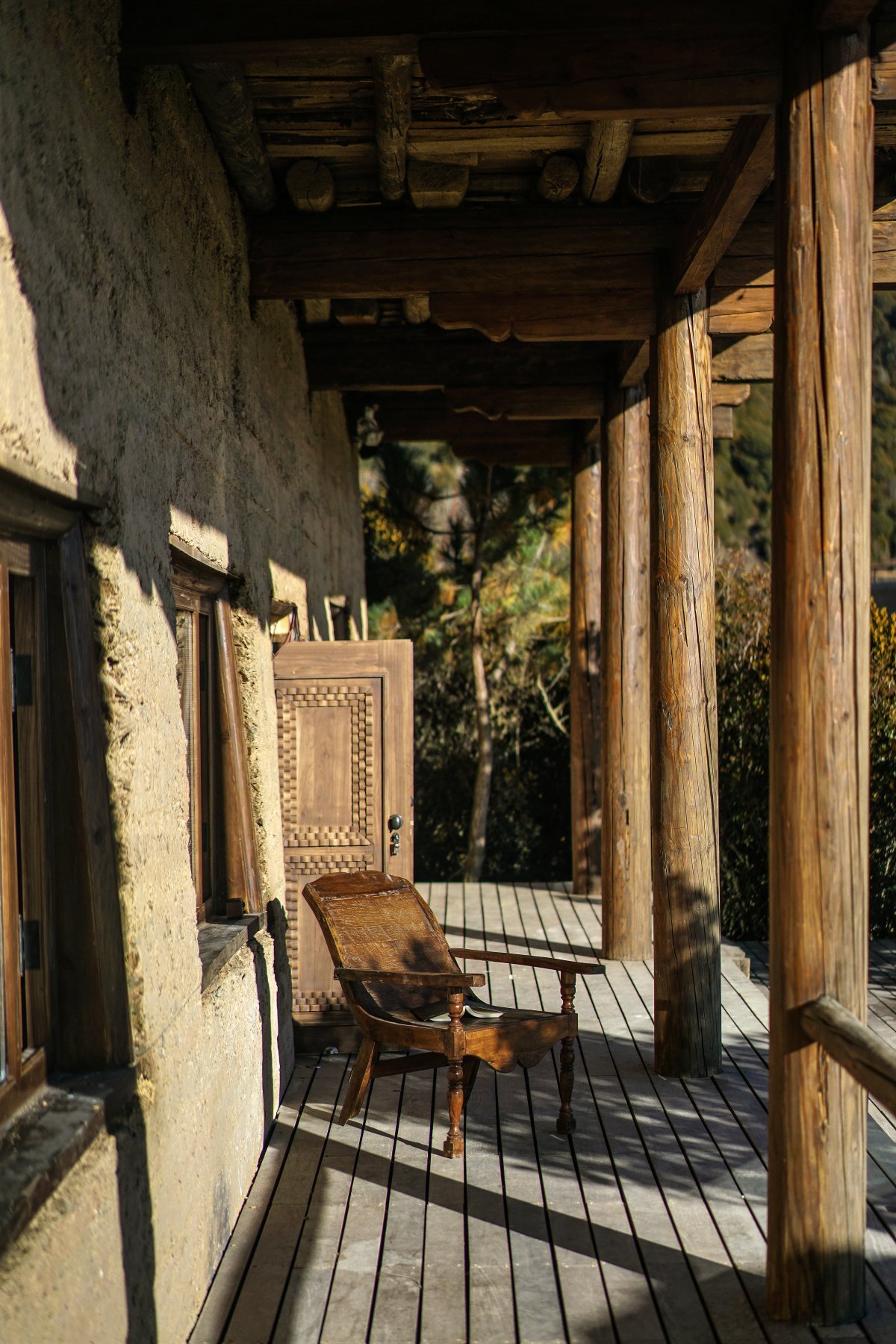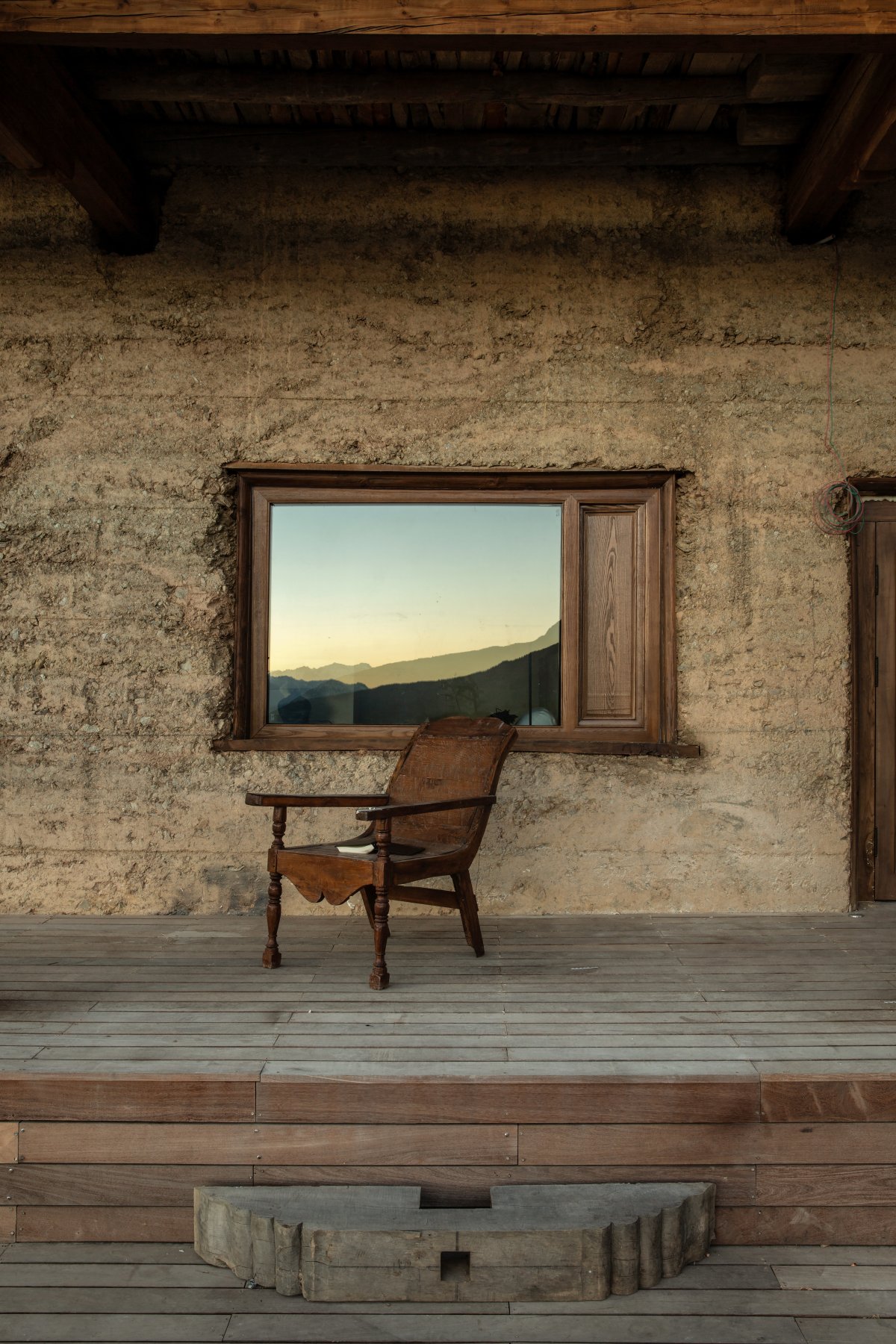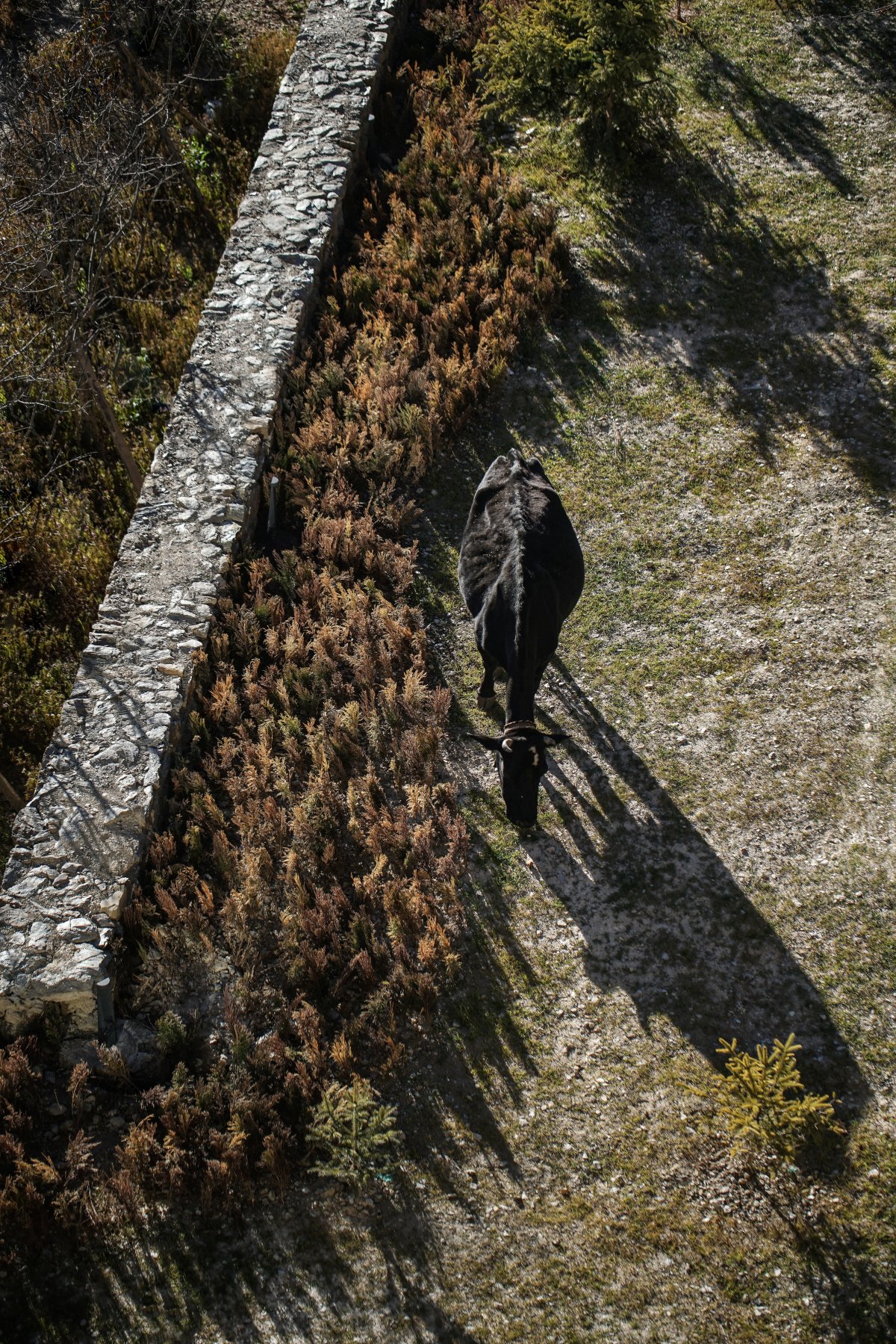
Sunyata · Meili Hotel
Mountains/trees/mud/stones
Highland barley fields/bar-headed geese/meconopsis
Primitive world/paths to original simplicity
Located at 28°26′47.08″ North Latitude and 98°54′54.18″ East Longitude, Sunyata·Meili Hotel is the 23rd household of Wunongding Village, Deqin County, Diqing Tibetan Autonomous Prefecture, Yunnan Province. The altitude here is 3,560m, and the hotel is surrounded by the Meri Snow Mountain, Baima Snow Mountain and the river valley converged by three rivers. The 13 peaks of Meri Mountain are opposite to Kawakarpo, the main peak as tall as 6,740m. As the highest peak inside Yunnan and the main peak of Meri Snow Mountain, it is one of the eight sacred mountains of Tibetan Buddhism. It is rated as the “God of Snow Mountain” by Tibetans. In the Tibetan language, “Karpo” means “Grandpa”. The stern peak is solemn and respectful, majestic and amiable……as if it contains the heart of the earth.
The design topic for the project focused on illustrating oriental “Vipassana” scenarios by using contemporary design and developing the design according to the space composition and functional requirements of the hotel industry. Considering the special Tibetan culture here, the project took local conditions into consideration as well to demonstrate contemporary and general design language. The project presents oriental humanistic spirit design system, gets rid of stereotyped mindsets, and respects local culture and highlights people-oriented features in a restrained, modest manner.
“The path to Meili Hotel is winding and difficult, so the journey looks like a religious pilgrimage. My intention was to help travelers get relaxed after getting to the hotel and concentrate on their journeys. For this reason, the hotel is comfortable, tranquil, and the zen or sweet environment can help them get relaxed completely.
Xie Ke hoped that the design for the project is contemporary and has Tibetan characteristics that are refined and expressed with a general language. The hotel opposite to the Meri Snow Mountain should be restrained and subservient. Based on the spatial emotions, Xie Ke explored the “hidden logic”. He usually told his partners in the studio that “we need to forget the design, and our priority is to satisfy human emotions.” The space must be a place with apparent spirits, and the designer should deliver the intention through the design. The ultimate design expression is merely the natural release of emotions. The design result is people’s understanding of art and life, and the space is to satisfy human emotions rather than pile up numerous things.
As for the design of hotel rooms, the view and design for each room is different and special as a result of aesthetic design. Both the volume and space are quiet. The quietness in Meili is not static but fine stationary air flowing in the architecture, rooms, and plants, like the falling snow, flowing breeze, falling pine nuts, and growing trees. No one is in the scene, and everything including time is lost.
The reception area is silent and calm, as if everything is wrapped by oriental elegance in the mild lighting. The ray of light reflected by gold, commonly seen in Tibetan pagodas and prayer wheels, is sacred, making all visitors have reverence for the upcoming scenes. Each of the design details indicates the designer’s exquisite emotions, observations of human feelings, and understanding of art and life.
The Signyan Design team especially sought light yellow walls for the hotel. Such solemn walls are mild and firm, providing sufficient blank spaces for the space and making people feel “abundant nothingness”. The simple and unadorned grains make people touch them to experience the gentle lines that extend to the handmade mottled stones, the 2nd-floor library focusing on the natural history of Hengduan Mountains, and the 19 rooms with views: clouds, mountains, and field viewing……
The restaurant in the ground floor, Mianzimu Restaurant, is named after the Mianzimu Mountain. Stretching along the gentle slope is as if walking into Wunongding Village. Xie Ke inlayed a log space in the glass box to make people enjoy afternoon tea or Tibetan foods including yak hotpot here.
The sofas are decorated with white, the leaves are used for flower arrangement, and local Tibetan window frames are used for oil paintings. The furniture, books, art, and handiworks are uniform, vivid, and simple. The materials are usually natural ones.
The silent surrounding is as if it was remote antiquity. The surrounding sounds disappear sometimes or become vague. You may feel “empty”. Suddenly, you will find “the thing” or even hear echoes from the opposite side. The gazing posture is like an ancestor looking over mountains. Your feelings resonate repeatedly. Time relapses or fades away……The visible scenes look so distant. You may forget everything and return to your original nature.
The snow mountain composed of stones, mud, and snow remains there, making you feel that you used to be part of it: Perhaps you used to be a pine tree, a wild deer, or a creek nourished and protected by the mountain.
- Interiors: Signyan Design
- Photos: Pianfang Studio

